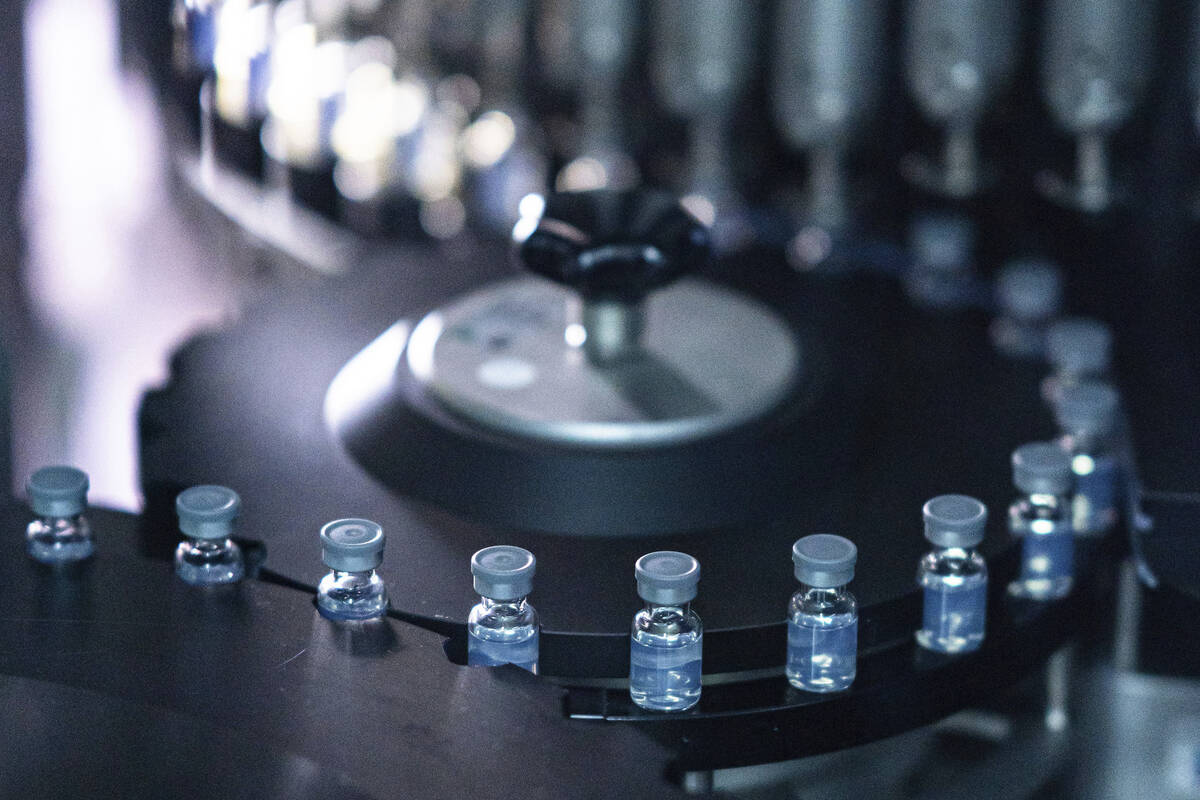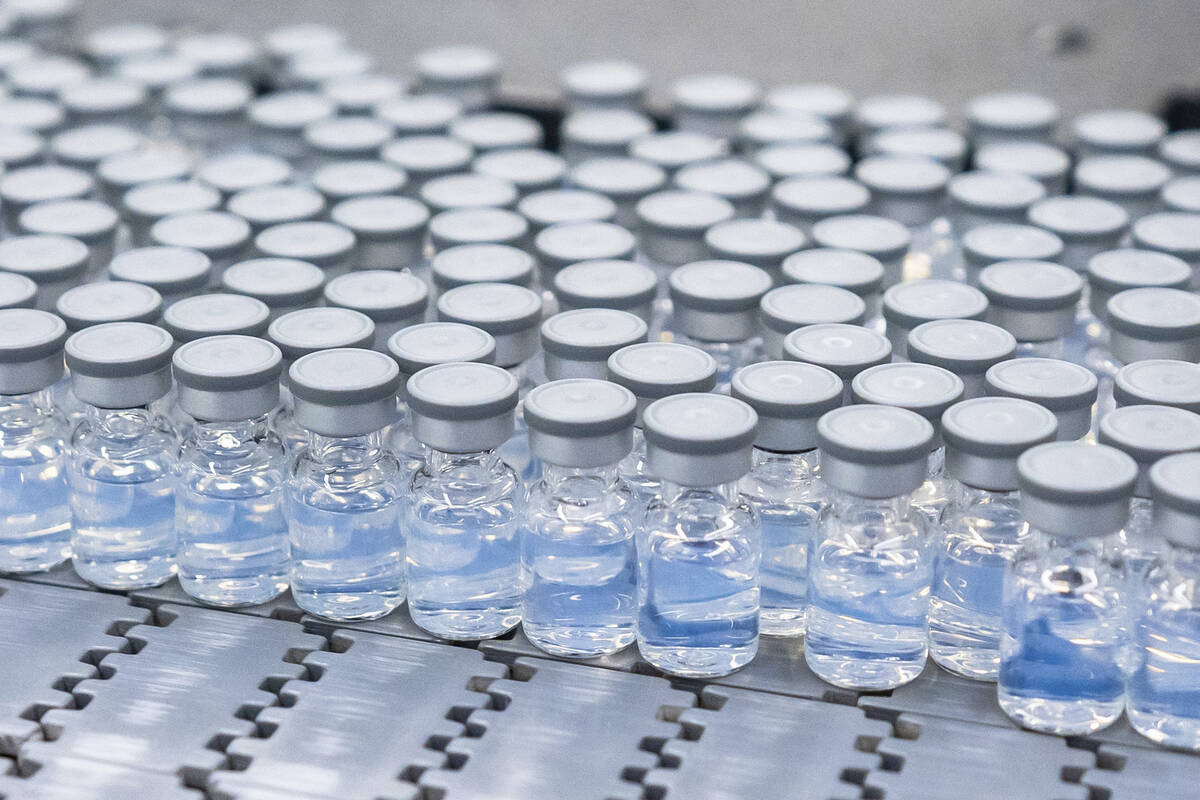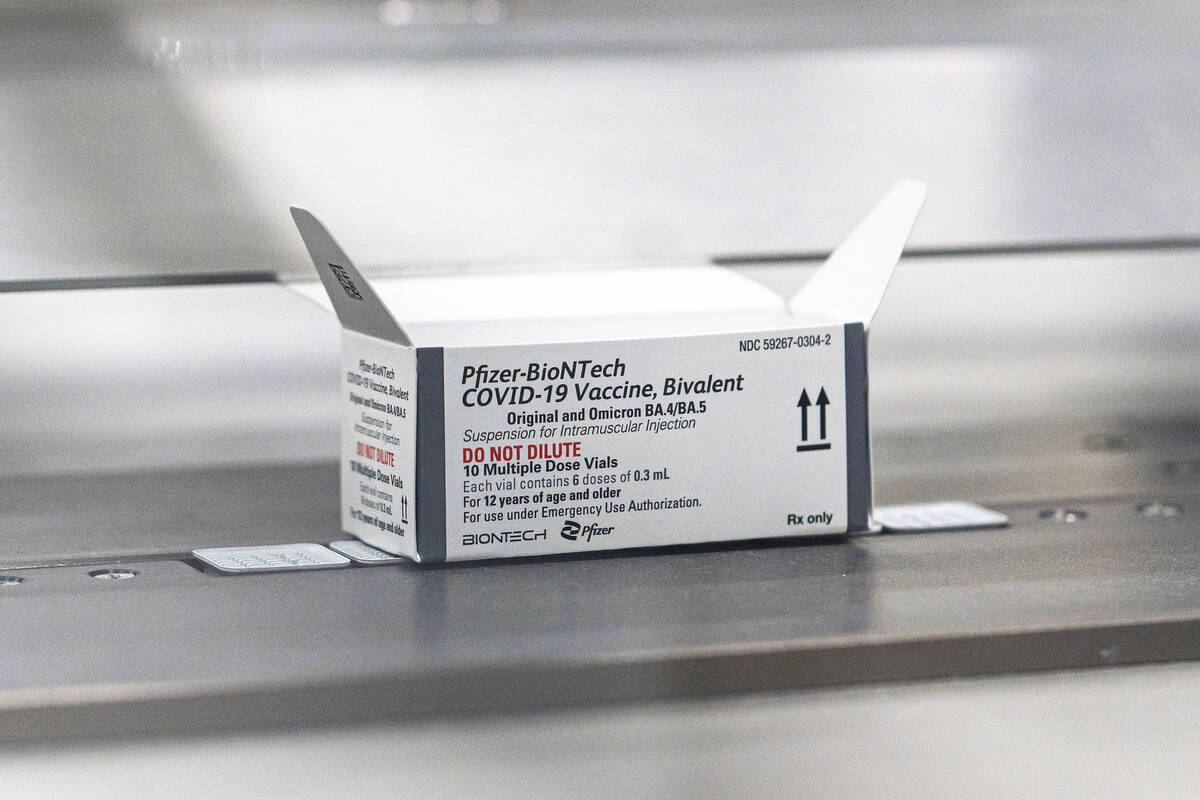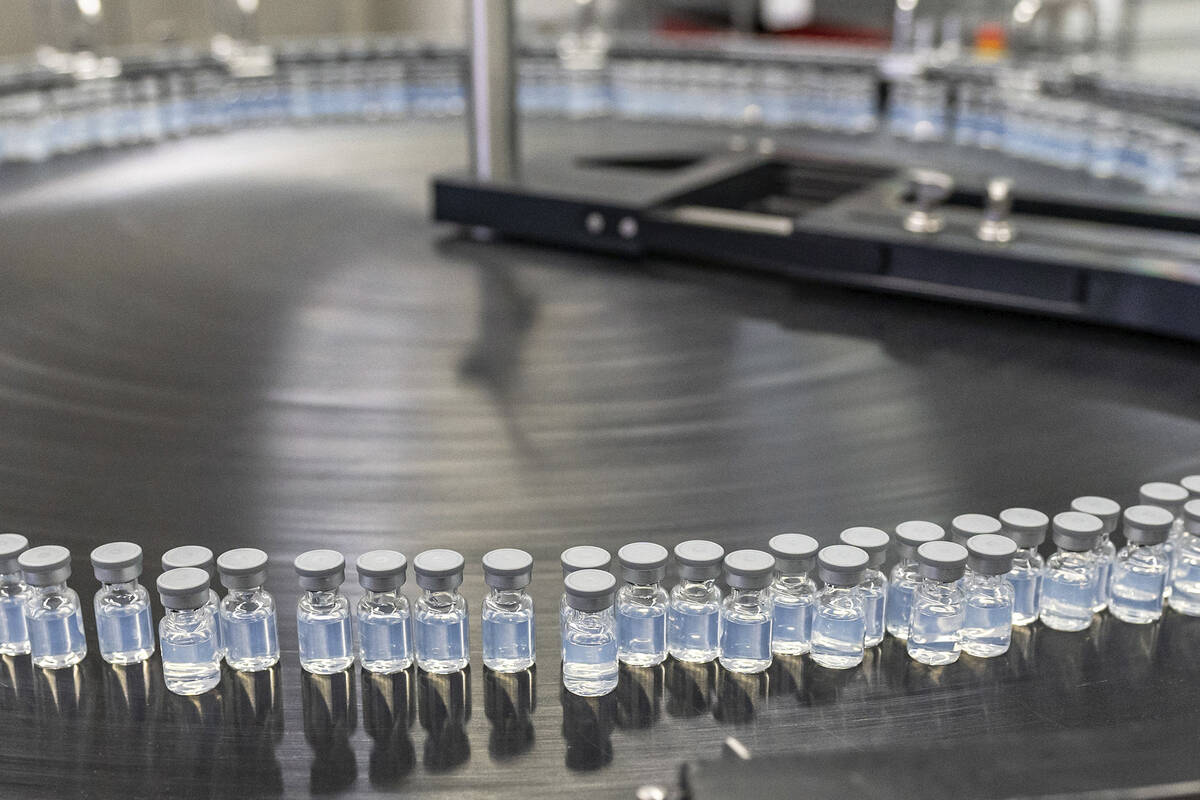COVID boosters targeting newest variants get US approval
WASHINGTON — The U.S. on Wednesday authorized its first update to COVID-19 vaccines, booster doses that target today’s most common omicron strain. Shots could begin within days.
The move by the Food and Drug Administration tweaks the recipe of shots made by Pfizer and rival Moderna that already have saved millions of lives. The hope is that the modified boosters will blunt yet another winter surge.
“You’ll see me at the front of the line,” FDA vaccine chief Dr. Peter Marks told The Associated Press shortly before his agency cleared the new doses.
Until now, COVID-19 vaccines have targeted the original coronavirus strain, even as wildly different mutants emerged. The new U.S. boosters are combination, or “bivalent,” shots. They contain half that original vaccine recipe and half protection against the newest omicron versions, called BA.4 and BA.5, that are considered the most contagious yet.
The combination aims to increase cross-protection against multiple variants.
“It really provides the broadest opportunity for protection,” Pfizer vaccine chief Annaliesa Anderson told the AP.
The updated boosters are only for people who have already had their primary vaccinations, using the original vaccines. Doses made by Pfizer and its partner BioNTech are for anyone 12 and older while Moderna’s updated shots are for adults — if it has been at least two months since their last primary vaccination or their latest booster. They’re not to be used for initial vaccinations.
There’s one more step before a fall booster campaign begins: The Centers for Disease Control and Prevention must recommend who should get the additional shot. An influential CDC advisory panel will debate the evidence Thursday — including whether people at high risk from COVID-19 should go first.
“As we head into fall and begin to spend more time indoors, we strongly encourage anyone who is eligible to consider receiving a booster dose with a bivalent COVID-19 vaccine to provide better protection against currently circulating variants,” FDA Commissioner Dr. Robert Califf said in a statement.
The U.S. has purchased more than 170 million doses from the two companies. Pfizer said it could ship up to 15 million of those doses by the end of next week.
The big question is whether people weary of vaccinations will roll up their sleeves again. Just half of vaccinated Americans got the first recommended booster dose, and only a third of those 50 and older who were urged to get a second booster did so.
It’s time for U.S. authorities to better explain that the public should expect an updated COVID-19 vaccination every so often, just like getting a fall flu shot or a tetanus booster after stepping on a rusty nail, said University of Pennsylvania immunologist E. John Wherry.
“We need to rebrand it in a societally normal-looking way,” rather than a panicked response to new mutants, Wherry said. “Give a clear, forward-looking set of expectations.”
Here’s the rub: The original vaccines still offer strong protection against severe disease and death from COVID-19 for most generally healthy people, especially if they got that important first booster dose. It’s not clear just how much more benefit an updated booster will bring — beyond a temporary jump in antibodies capable of fending off an omicron infection.
One reason: The FDA cleared the modifications ahead of studies in people, a step toward eventually handling COVID-19 vaccine updates more like yearly flu shots.
First, FDA checked human studies of earlier Pfizer and Moderna attempts to update their vaccines — shots matching the omicron strain that struck last winter. That recipe change was safe, and substantially boosted antibodies targeting the earlier variant — better than another dose of the original vaccine — while adding a little protection against today’s genetically distinct BA.4 and BA.5 omicron versions.
But FDA ordered the companies to brew even more up-to-date doses that target those newest omicron mutants instead, sparking a race to roll out shots in less than three months. Rather than waiting a few more months for additional human studies of that recipe tweak, Marks said animal tests showed the latest update spurs “a very good immune response.”
The hope, he said, is that a vaccine matched to currently spreading variants might do a better job fighting infection, not just serious illness, at least for a while.
What’s next? Even as modified shots roll out, Moderna and Pfizer are conducting human studies to help assess their value, including how they hold up if a new mutant comes along.
And for children, Pfizer plans to ask FDA to allow updated boosters for 5- to 11-year-olds in early October.
It’s the first U.S. update to the COVID-19 vaccine recipe, an important but expected next step — like how flu vaccines get updated every year.
And the U.S. isn’t alone. Britain recently decided to offer adults over 50 a different booster option from Moderna, a combo shot targeting that initial BA.1 omicron strain. European regulators are considering whether to authorize one or both of the updated formulas.
AP Health Writer Matthew Perrone contributed to this report.
The Associated Press Health and Science Department receives support from the Howard Hughes Medical Institute’s Department of Science Education. The AP is solely responsible for all content.





















